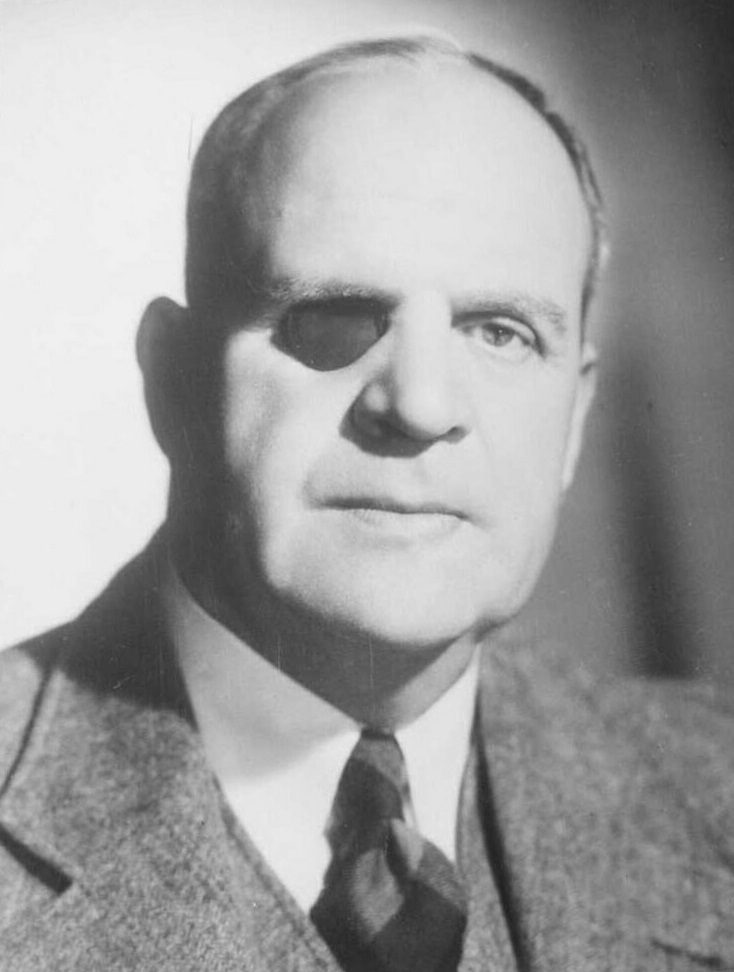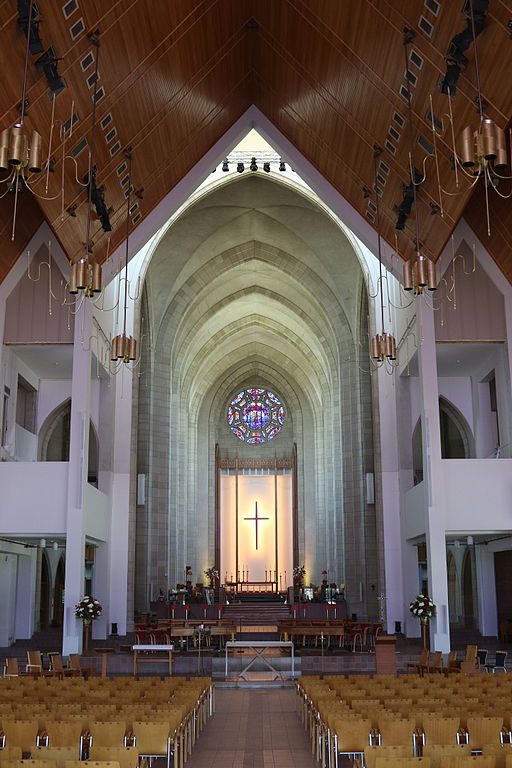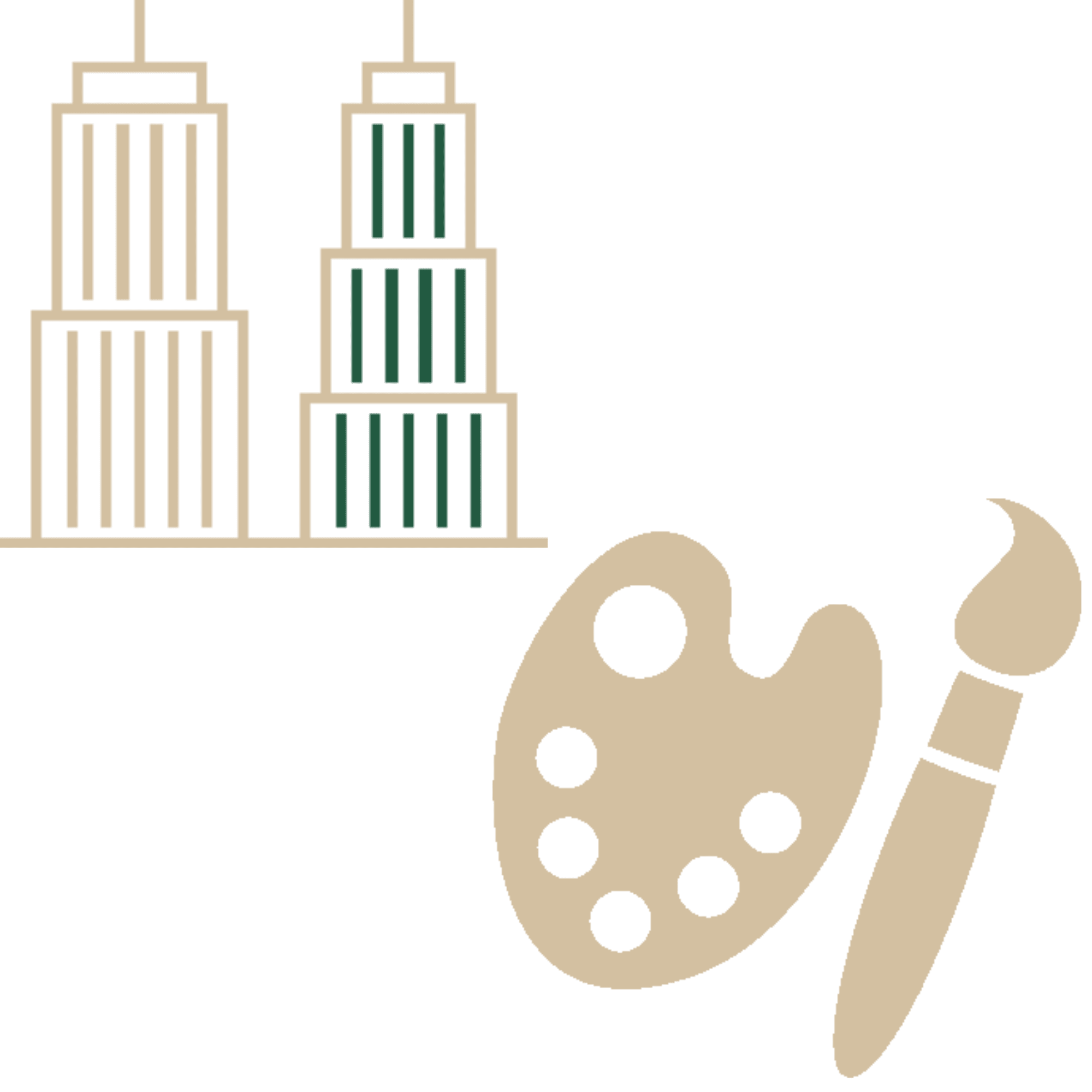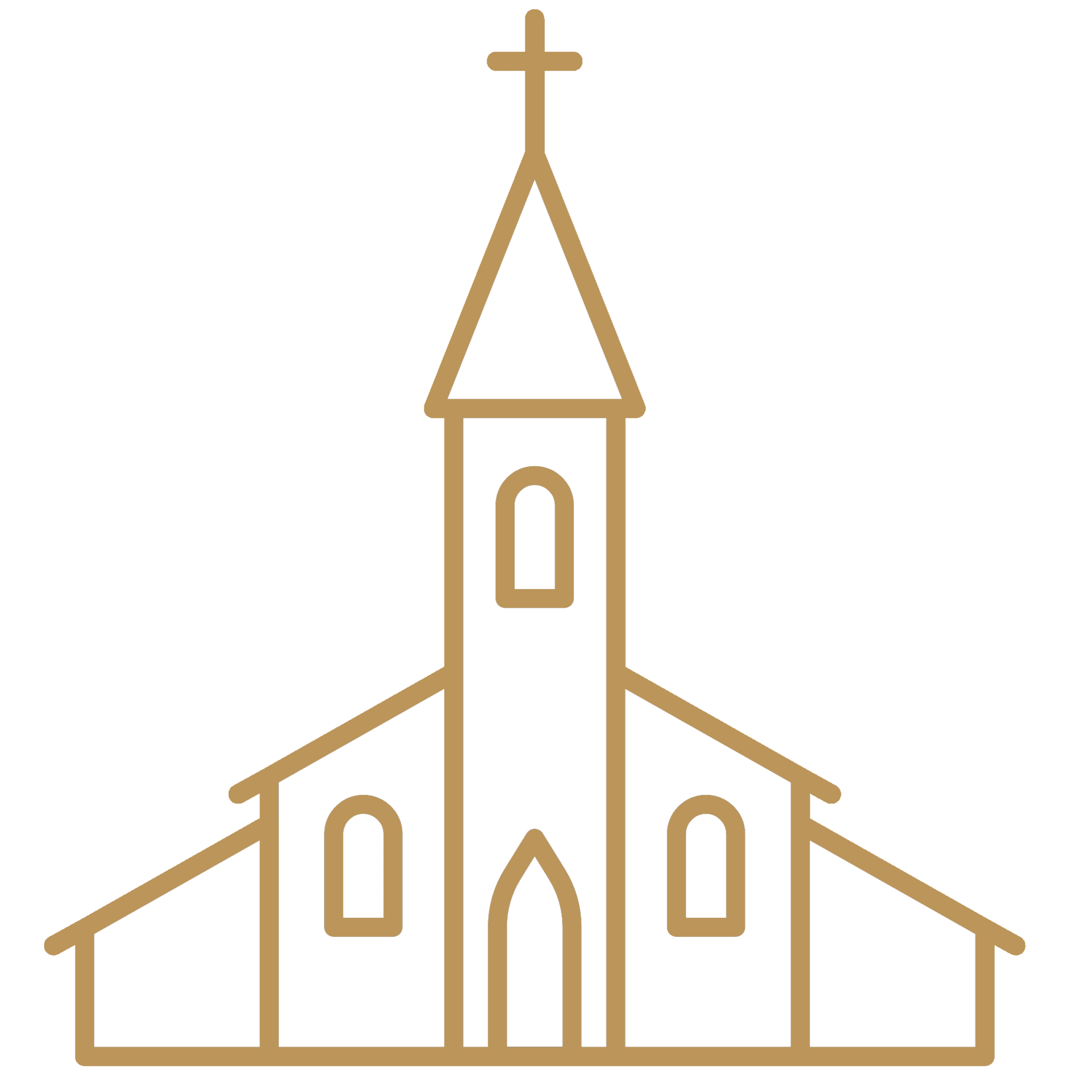Results Notable Graves
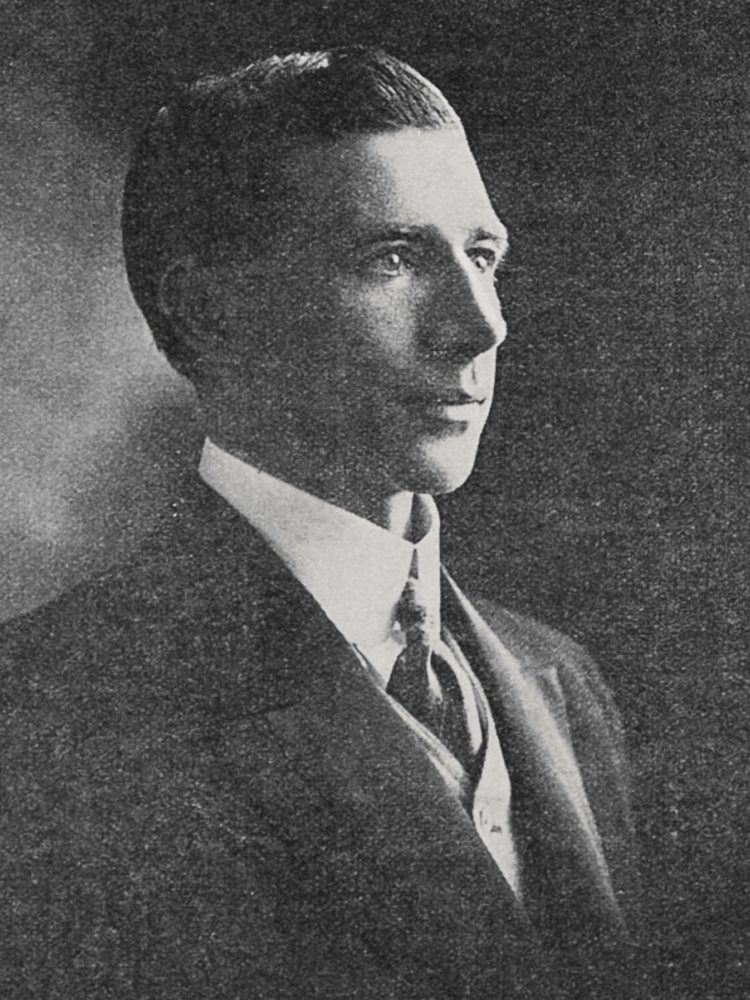
Robert Alexander Crookston Laidlaw
Robert Laidlaw (CBE) founded the Farmers Trading Company, one of the largest department store chains in New Zealand. He was also a noted preacher, writer, and philanthropist. 8 September 1885
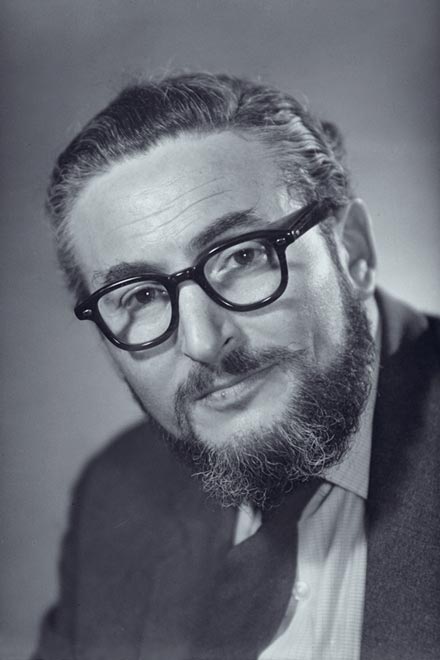
Frank Hofmann and Helen Shaw
Frank Hofmann and Helen Shaw became leading lights in New Zealand culture. Frank, a renowned photographer, and Helen a writer and poet of distinction.
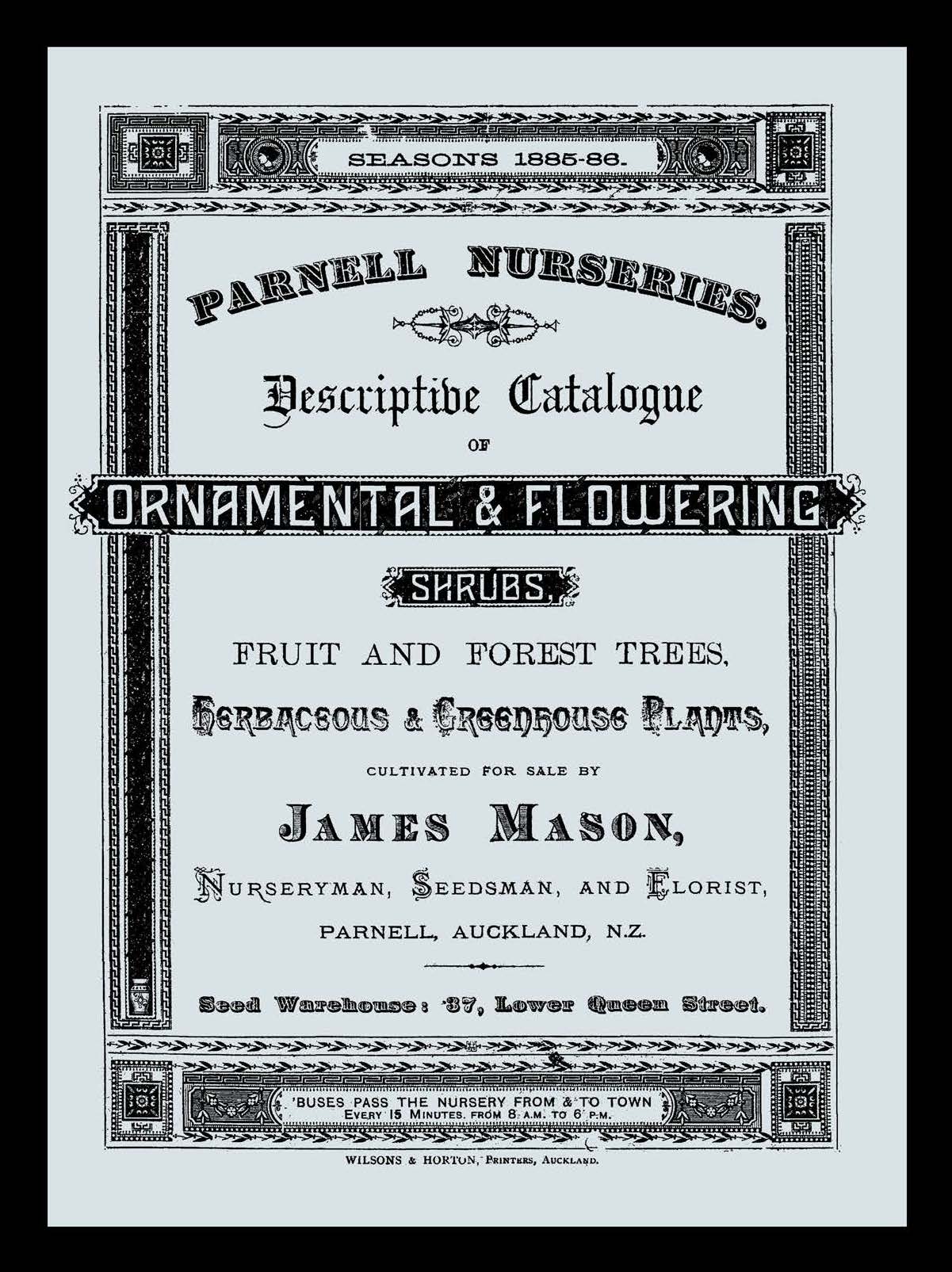
James and William Mason
James and William Mason founded Mason Bros Nurseries, planted the trees of Auckland's main streets, decorated some of the city's most beautiful gardens and gave generously to charitable causes. Their legacy lives throughout the city.
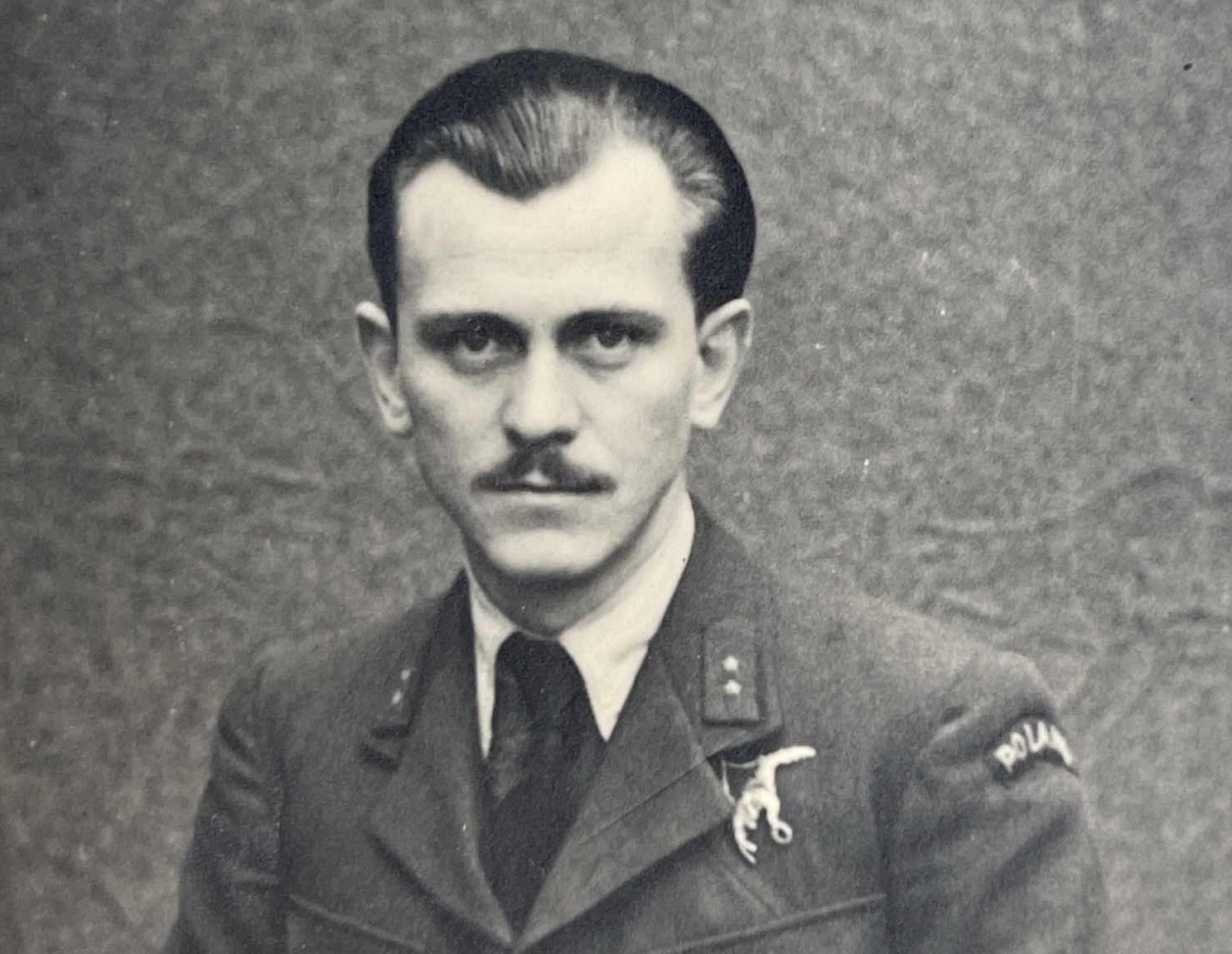
Witold Bukowski
Auckland architect and Purewa board member John Bukowski, recalls his father’s path as a refugee warrior, writing that Witold crossed the border at Kuty, then travelled on foot and train to Bucharest and on to the port of Constantinople. John remembers his father saying that to converse with priests who assisted the Poles along the way, Witold spoke in Latin, as Nazi spies were everywhere. Finally reaching France, the Polish pilots regrouped for a short time before it too fell to the German onslaught. They finished their sojourn in England as part of the Royal Air Force, based in Blackpool. From 1940, Bukowski’s 301 bomber air squadron earned a legendary status. As a captain with the 301, he led missions targeting key German strongholds on some of the most dangerous missions of the war—striking Rostock, Hamburg, Essen and Bremen flying Wellington Bombers.

Walter Fricker
Walter Fricker was born in Somerset, England and came to New Zealand in 1863. He introduced the world’s first airmail postage stamp when he launched a pigeongram service between Great Barrier Island and Auckland in 1897.
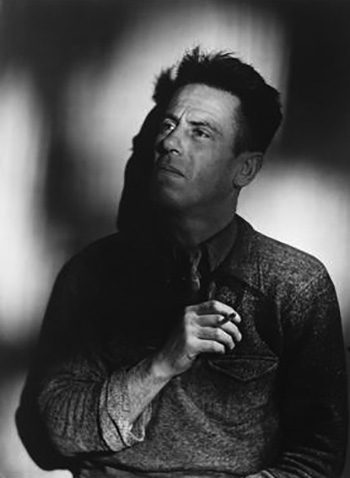
R.A.K. Mason
Most critics regard R.A.K. Mason as New Zealand’s first authentic poet with a poetic intensity attributed in part, to his extraordinary youth. He was only 19 when he published his first collection of poems and most of his ‘Collected Poems’ were written before he turned 25.
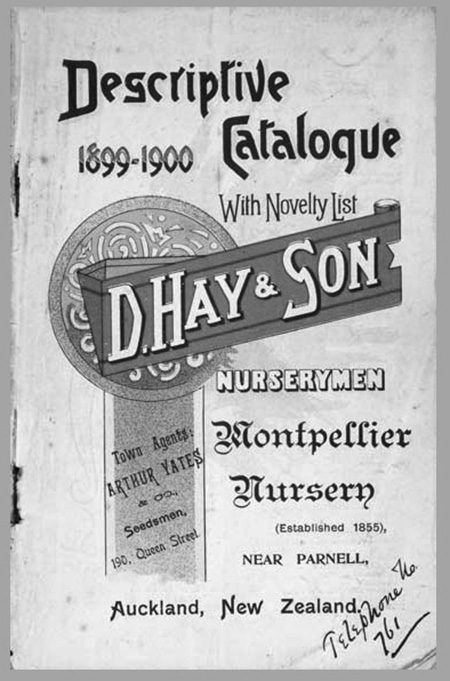
David Alexander Hay
Born in Gloucestershire England, Hay was the son of the founder of Montpellier Nurseries and introduced Pinus Radiata to New Zealand. He was an authority on plants and held senior positions in the Auckland Horticulture Society and the New Zealand Institute of Horticulture.
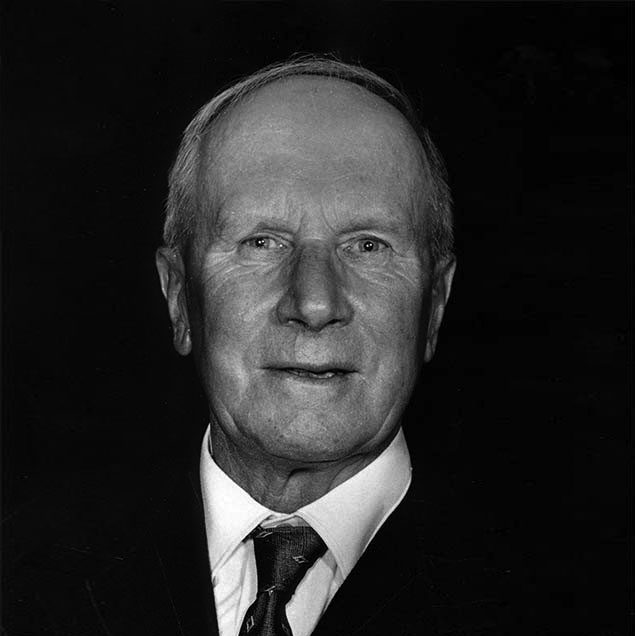
Sir Frank Crossley Mappin
Sir Frank Crossley Mappin was born in England and came to New Zealand in 1908. After trying his hand as a farm cadet and on the North Kaipara gun fields, he bought a 20-acre orchard at Wade (later known as Silverdale).
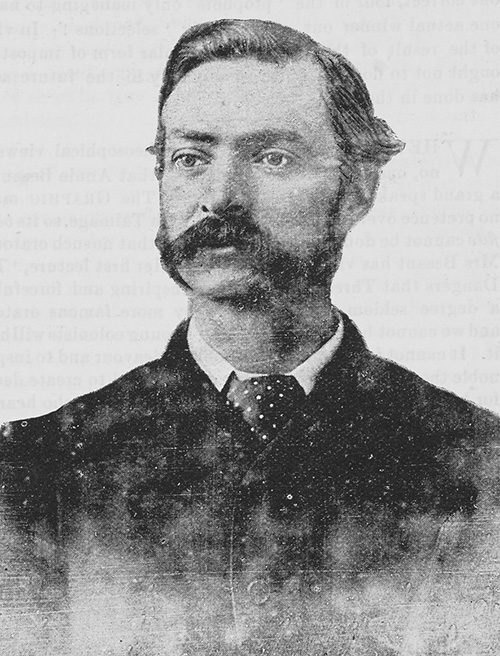
Sir Algernon Philips Withiel Thomas (KCMG)
Algernon Philips Thomas (the name Withiel was added later) was born in Cheshire, England and graduated MA from Oxford University in 1881. In 1882 he discovered the cause of liver rot in sheep, a finding of great scientific and economic importance. He arrived in Auckland in 1883 to take up the position of Professor of Natural Science at University College, which was newly established. As well as teaching, he became a widely acknowledged expert on many scientific matters.
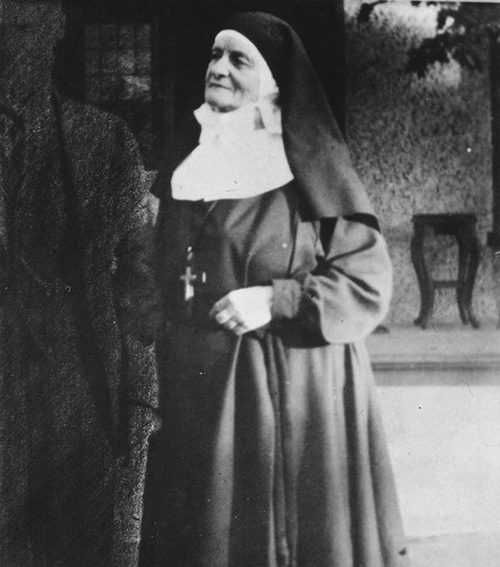
Hannah Alexandra Dawson (Mother Hannah)
Hannah Dawson was born in Dunedin to English immigrants from Buckinghamshire. The eighth of 12 children, four of her siblings died during a measles epidemic in 1874. In 1896 she helped found the Anglican Mission to the Streets and Lanes in Greys Avenue, Auckland.
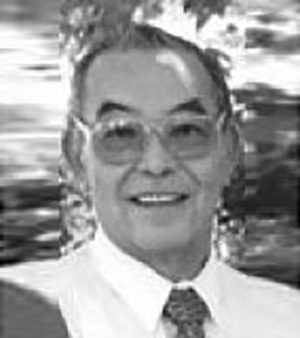
Thomas (Tom) Henry Ah Chee
Thomas (Tom) Ah Chee was born in Remuera, Auckland but travelled with his parents to Canton, China in 1931, returning to Auckland as an 11-year-old. He was a bright student but his university education to be an architect was cut short by his father’s death, and he took over the family fruit shop. It was there he foresaw that large supermarkets would determine the future of food distribution in New Zealand.
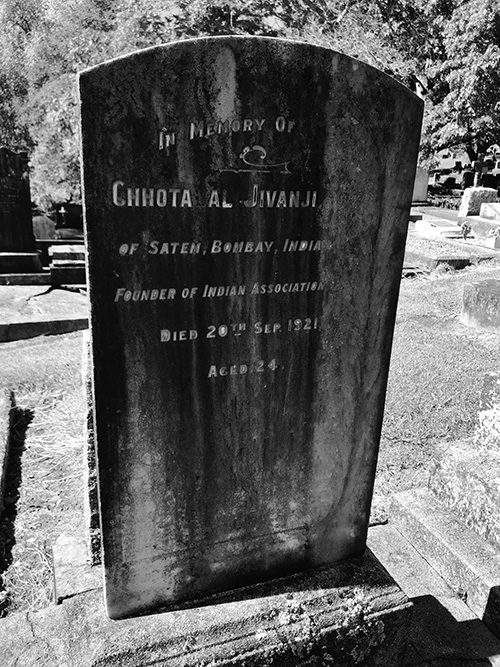
Chhota Jivanji
Chhota Jivanji was born in Mumbai, India in 1896. He arrived in New Zealand on the Medina from Colombo in 1916 and his nationality was recorded as British. He was almost immediately called up to join the 2nd division fighting in WW1. In 1918 he helped establish New Zealand’s first Indian Association.
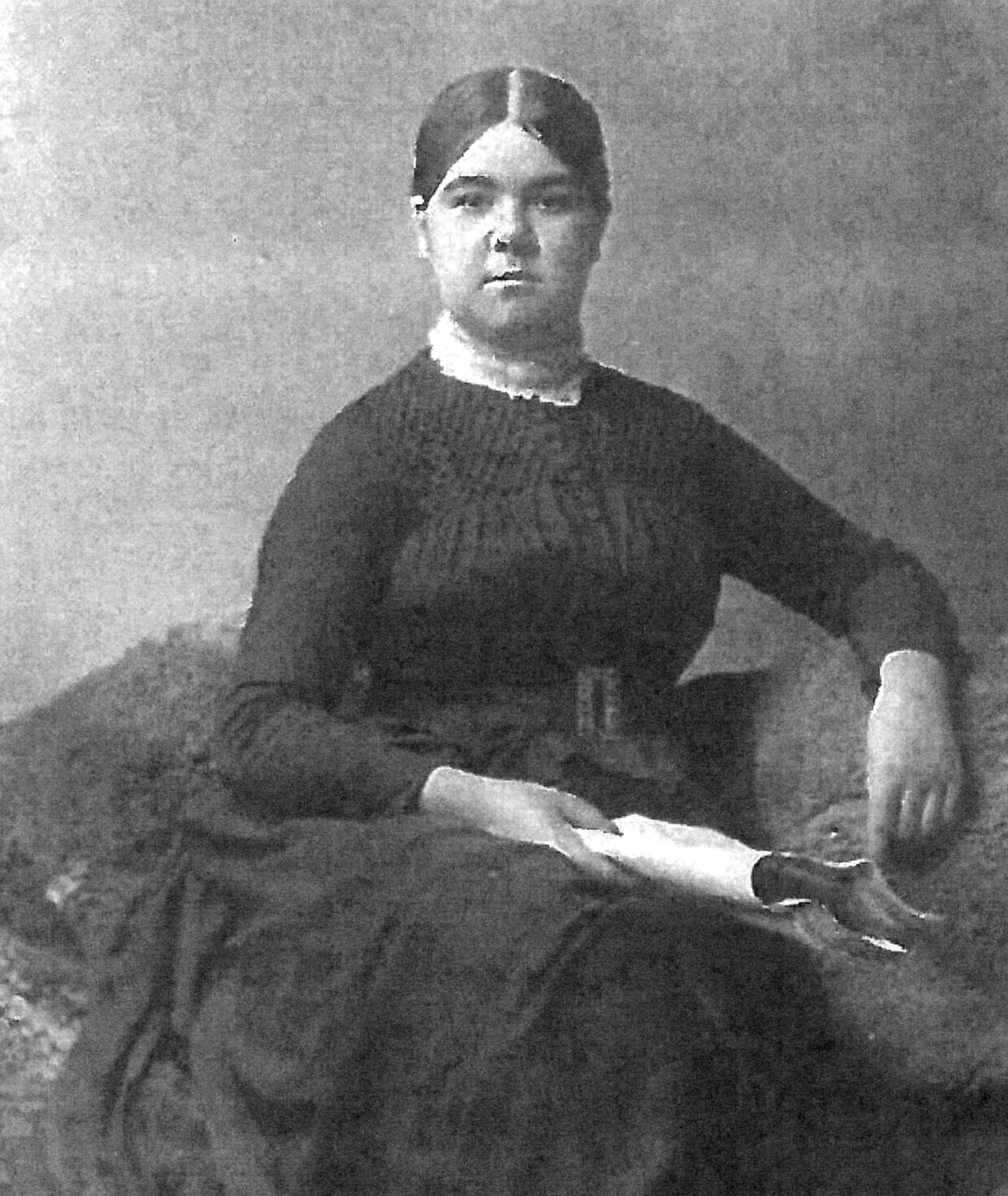
Sarah Sophia Stothard
Sarah known as Sophia was born in London and had significant teaching experience before coming to New Zealand in 1860 with the Church Mission Society.

Amey Daldy
A woman of radical views for her age and time, Amey Daldy's legacy is that of a bold and powerful champion of equality.
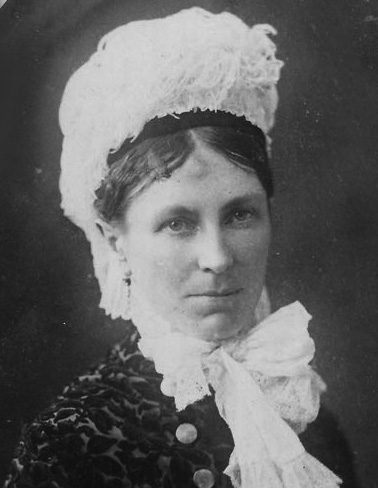
Mary Jane Milne
Mary Jane Milne was born in Ireland and emigrated with her family in 1863. In 1867, despite the economic recession in Auckland, she bought into a millinery and drapery business with her sister Charlotte.
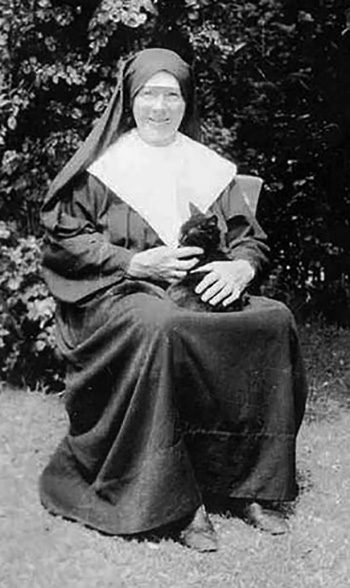
Mary Etheldred Pulling
Mary Pulling was born into an Anglican Church home in England and grew up steeped in the Anglican tradition. She gained her BA degree first class honours from the university of London in 1892.
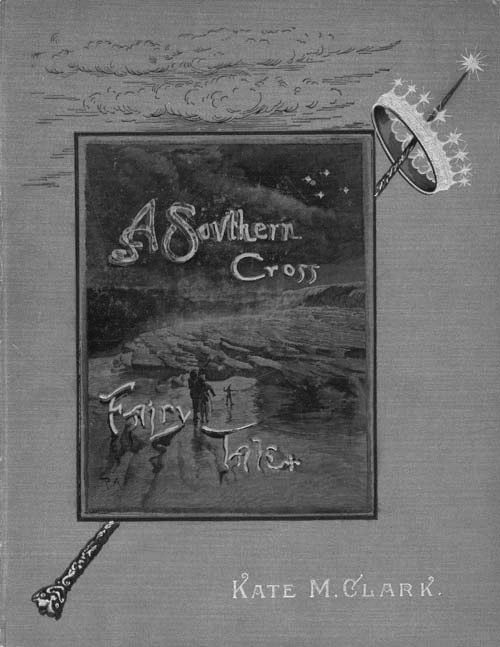
Kate Emma Clark
Kate Clark was born in Suffolk, England. Her education included the study of art and later she earned a living doing research for writers, often in the British Museum.
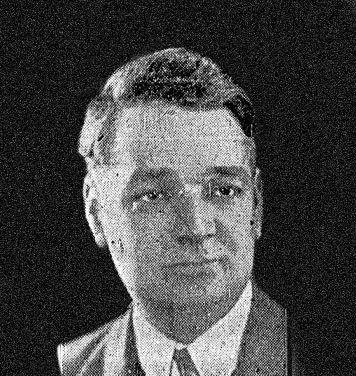
Reuben Charles Porter
Reuben Porter was born in Thames to English parents who emigrated to New Zealand in the early 1880s. The family moved to Christchurch then Auckland in 1892 opening Porter’s Dye Company in Karangahape Road. Reuben attended Beresford Street school leaving in 1903 to work as an apprentice learning the brass foundry and ship repairs trades.
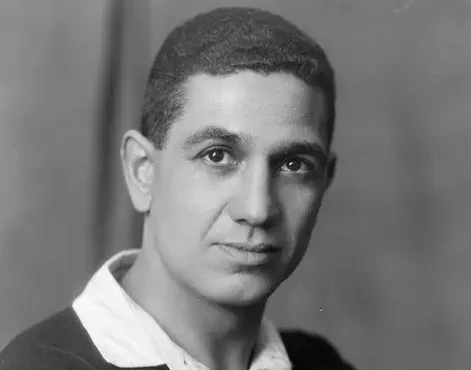
Walter Batty
Walter Batty was born in Tonga to an English Father and a Tongan Mother and moved to New Zealand as a child, living in Ponsonby with his Aunt Edith and attending Auckland Grammar School.
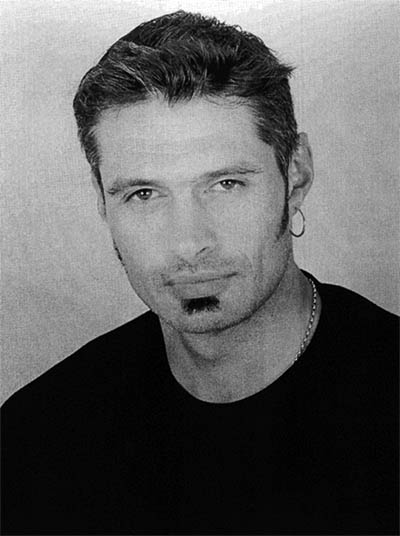
Kevin Tod Smith
Kevin Smith was a New Zealand actor and musician. Best known as Ares, the Greek God of War in the television series Hercules. The Legendary Journeys and Zena: Warrior princess as well as Young Hercules.
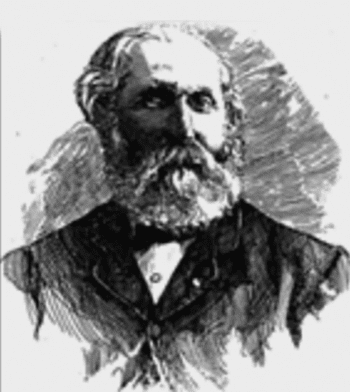
Thomas Brutton Kenderdine
Thomas Kenderdine arrived in Auckland in 1855 having completed his medical training in England. For many years he was in charge of the free Auckland Dispensary to support the sick and poor.
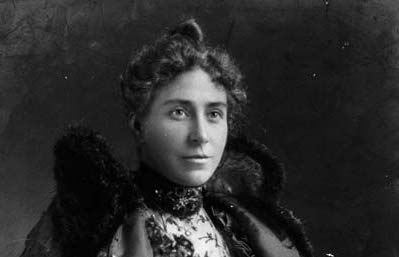
Amy Maria Hellaby
Amy Maria Hellaby was a New Zealand businesswoman, and for a time, New Zealand’s largest employer.
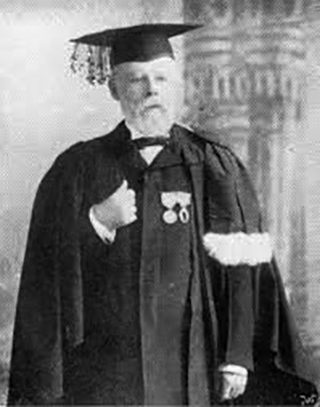
Edmond De Montalk
de Montalk was born in Paris to a Polish émigré of noble descent who arrived in France after the 1830 revolt against Russia. He was educated at the University of Paris in literature, married and had two children before his wife died.
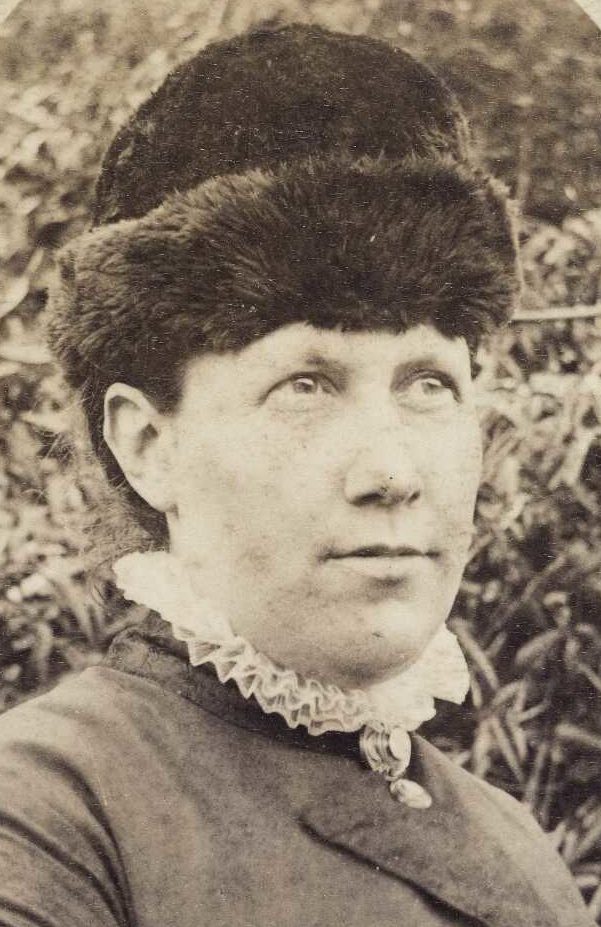
Amelia Jane Haszard
Amelia was born on Prince Edward Island, Canada and came to New Zealand with her parents in 1859.
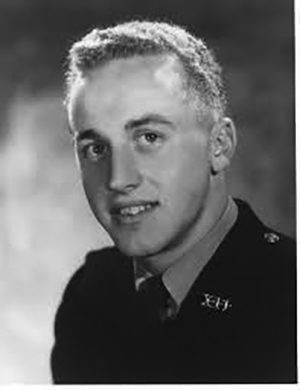
Neville Wilson Power
Detective Sergeant Neville Power was one of two Police officers shot in the Waitakere Ranges in January 1963, when they were called out to an incident involving a man firing shots at a dog kennels near Bethells Beach.

Henry Edward Partridge
Henry Edward Partridge was one of artist Gottfried Lindauer’s earliest and most dedicated patrons, having amassed a collection of more than 70 paintings by Lindauer, later known as the Partridge Collection.
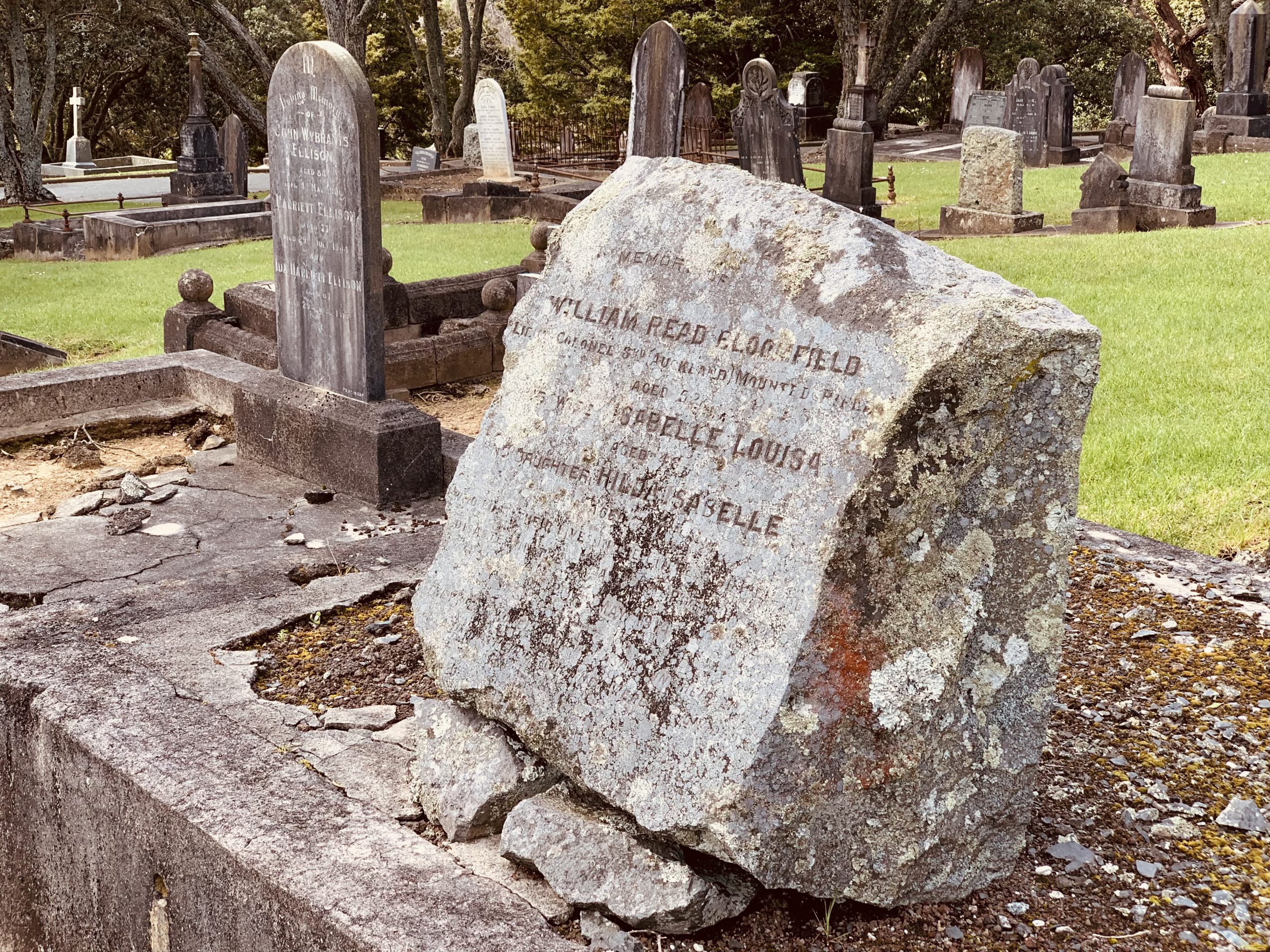
Bloomfield Family
Three members of the Bloomfield family are buried next to each other in Purewa Cemetery after the tragic sinking of the ‘Empress of Ireland’ in Canada in 1914. Robert William Read Bloomfield aged 52, his wife Isabella Louise aged 46 and their daughter Hilda Isabella aged 23 all died in the disaster on May 29 1914, and their bodies were buried two months later on July 29.
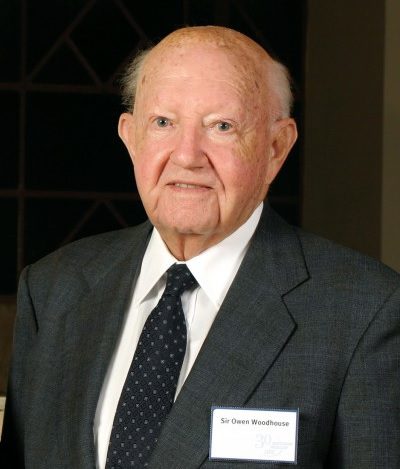
Sir Arthur Owen Woodhouse
Sir Owen (as he was known) was the architect of the New Zealand Accident Compensation Scheme (ACC). Sir Owen served during World War II as a Motor Torpedo Boat commander. He had many legendary exploits of bravery and initiative associated with his service for which he was awarded the DSC.
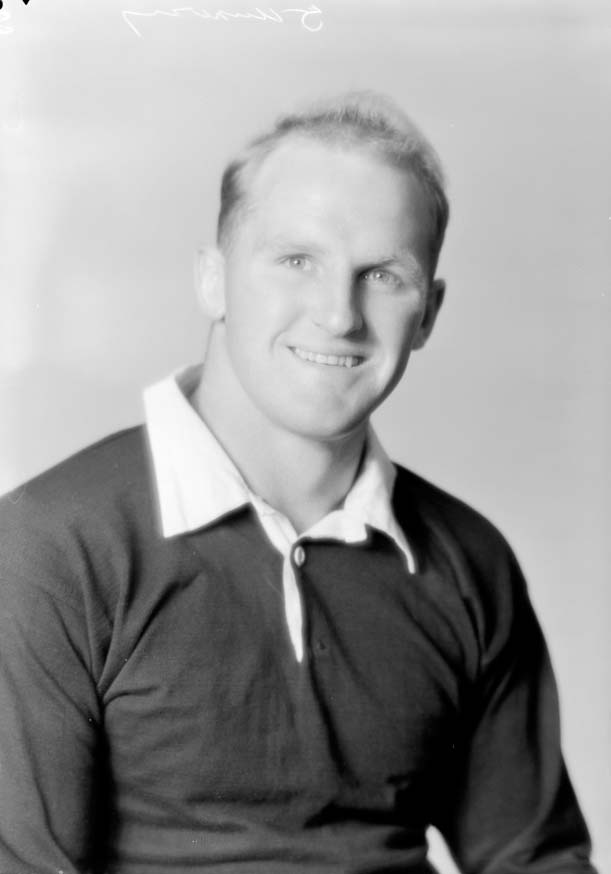
Sir Wilson James Whineray
Wilson Whineray was Captain of the All Blacks during a period when the game was fiercely defended as strictly amateur as both a matter of individual pride and as a totemic representation of New Zealand society.
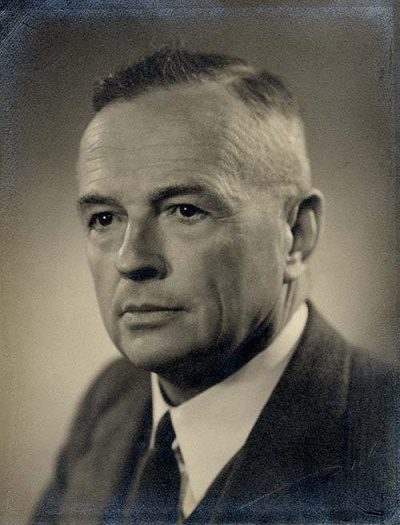
Sir Harvey Turner (CBE)
Harvey Turner was born on 11 September 1889. He left school at 12 to help his father and two older brothers in business. He looked after the accounts and became the firm's first typist, and a few years later, despite his quiet voice, began auctioneering. At 21 he began travelling to Sydney and the Pacific islands to negotiate with fruit growers.
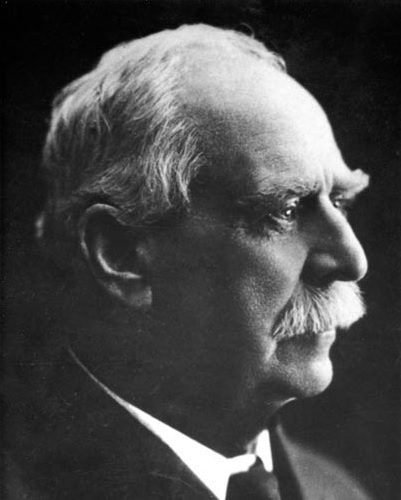
James William Tibbs
James Tibbs was an educator who for nearly thirty years was headmaster of Auckland Grammar School. The school still has the reputation of one of New Zealand’s best secondary schools. Although Australian born, Tibbs was educated in England gaining an M.A. at Oxford in 1883. After graduation James and his wife moved to Tasmania where James was a mathematics teacher before emigrating to New Zealand in 1885 to teach at Auckland Grammar.
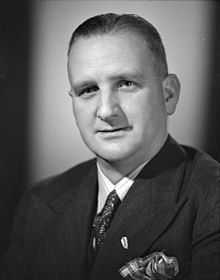
Sir Thomas (Tom) Skinner
Skinner was President of the Federation of Labour (the umbrella organisation of New Zealand Trade Unions) in a period when the inalienable rightness of unionism went largely unchallenged and strikes were a habit rather than an exception. Skinner build a firm political base within the Union movement when he emerged from the 1951 waterfront dispute as a leader who could rebuild a credible union presence.

Sir Ronald Ormiston Sinclair (KBE)
Sir Ronald Sinclair was born at Auckland, New Zealand, on 2 May 1903. He was educated at Christchurch and New Plymouth Boys' High Schools and was admitted barrister at law, Middle Temple, London, and barrister of the Supreme Court, New Zealand.
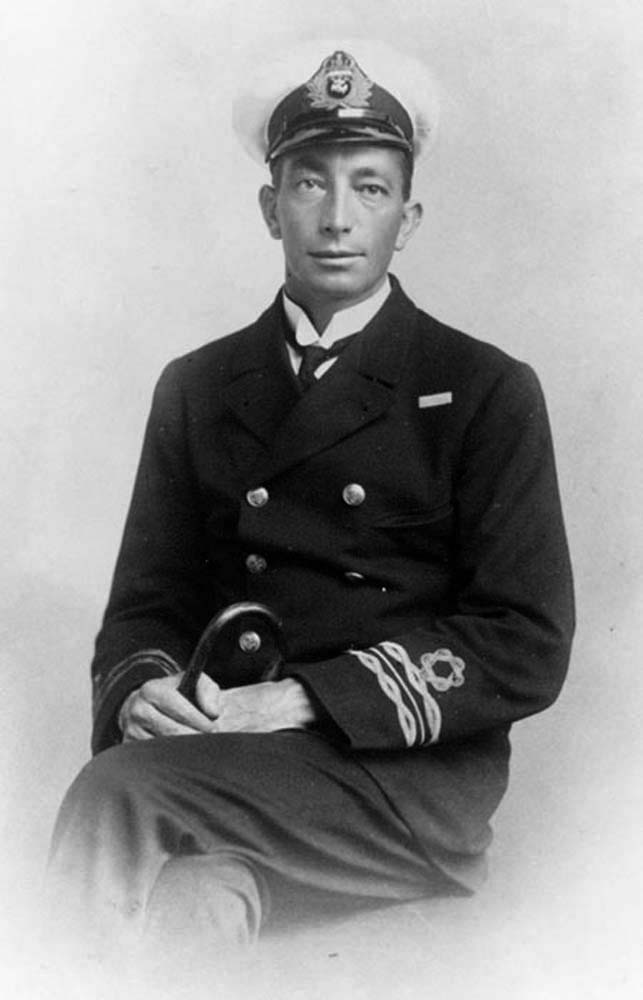
William Sanders
William Sanders was born in Auckland on 7 February 1883. He grew up in Takapuna where his father dug Kauri Gum and ran a cobbling business. Sanders took a job as a cabin boy when he was 15 and spent the next 16 years on a variety of merchant ships rising to master by 1915. Sanders spent a year on the Government steamer NZGSS Hinemoa, which was used to supply lighthouses, service navigation buoys, and restock and maintain depots for castaways on the remote sub-Antarctic islands.
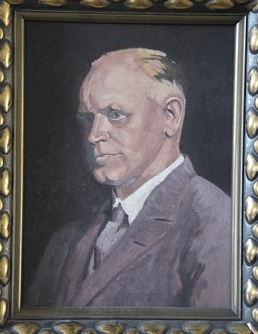
Sir Carrick Hay Robertson
Carrick Hey Robertson was graduated in medicine from the University of London in 1902. From 1907 to 1912 Robertson was medical superintendent at Waihi Hospital. He then moved to Auckland where he set up in private practice and was appointed an honorary surgeon to Auckland Hospital
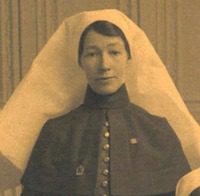
Cora Beattie Roberton
Cora Roberton nee Anderson had a distinguished career as a nurse having survived the ‘Elingamite’ disaster of 1902. The passenger steamer Elingamite had been returning from Sydney to Auckland when in dense fog 35 miles north of Cape Reinga it struck rocks. On board were 136 passengers and 58 crew of whom 28 passengers and 17 of the crew died from drowning or exposure
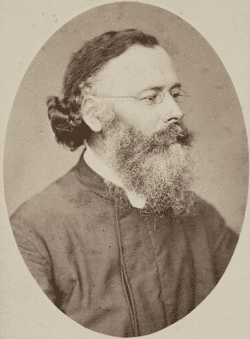
Arthur Guyon Purchas
Arthur Purchas was a British qualified medical doctor. He volunteered as a medical missionary after hearing of Bishop Selwyn’s Australasian work for the Church. He was initially medical officer at St Johns theological college, becoming a priest following his ordination in 1853.
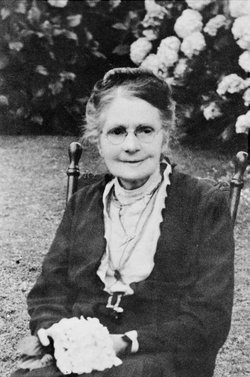
Marianne Caughey Preston
Marianne Preston was, along with her first husband William Smith (d. 31 Aug 1912 interred in the same plot) and brother Andrew Caughey, the founder of the famous Auckland department store Smith and Caughey. On her arrival in Auckland from Ireland in 1879 she opened Smith’s Cheap Drapery Warehouse. Her husband worked for another draper until 1881 when, presumably because she had the business sufficiently established, he joined in partnership with her.
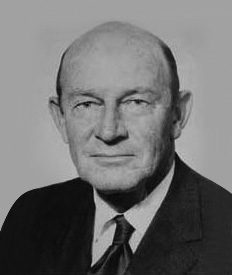
Maurice Paykel
Maurice Paykel was born in Auckland, 1916. Paykel's father, Albert, established an export business dealing in Kauri gum and animal hides. By 1920, his sons, George and Horace, had set up their own mercantile firm, Paykel Brothers, importing a range of industrial products including oils, thermostats, and conveyor belts. When Maurice completed his high school education in 1932, though he had his heart set on a career farming, he duly entered the firm as an assistant, packaging oils and delivering orders.
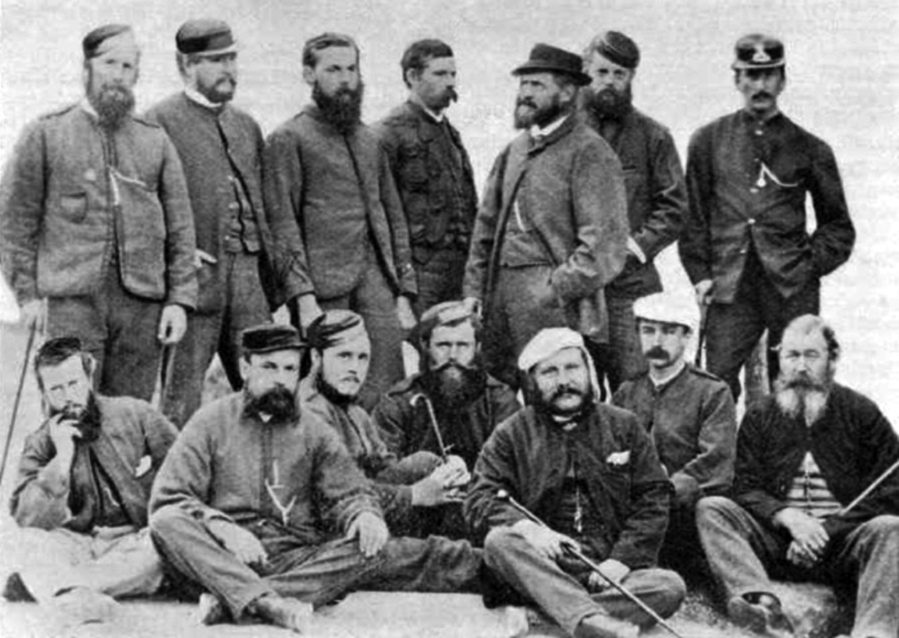
Henry William Northcroft
England born Henry Northcroft served in the New Zealand Colonial Forces during what were then known as the Maori Wars of the 1860s. The conflict is now described as the New Zealand Land Wars. This controversial period in New Zealand history has been much debated by historians. It is now generally accepted that the wars were primarily caused by pressure from European settlers for land, the ownership of which had been recognized under the Treaty of Waitangi.
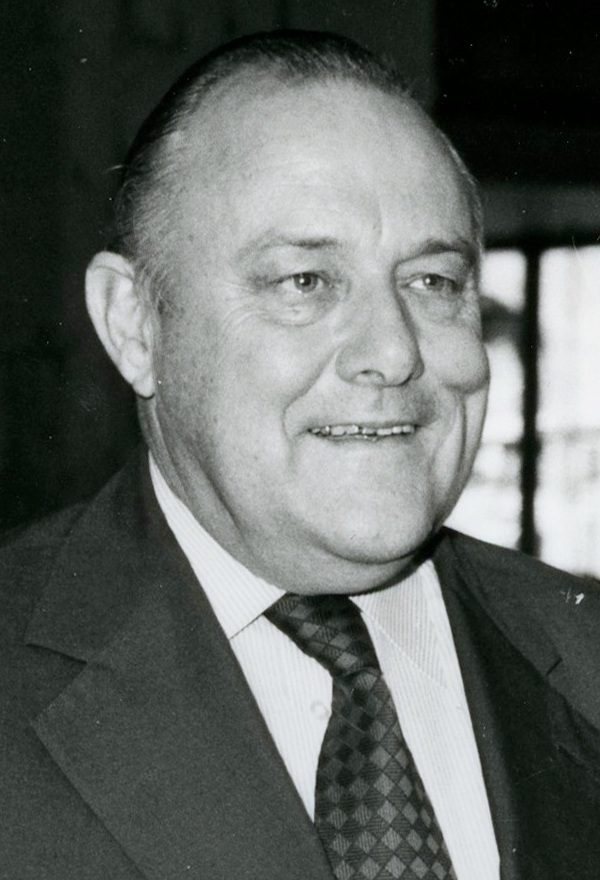
Sir Robert David Muldoon
Muldoon was the most controversial politician of his era. He saw service during World War II and trained as an accountant, famously taking his final examinations while in Italy. As a politician, he was an able debater with a quick tongue and a willingness to counter-punch that left his enemies wary. Muldoon managed to instinctively straddle what was then the political middle ground, midway between a social and moral conservatism on the right (anti-abortion and moral standards organisations were at their peak) and a more permissive, politically liberal, environmentally aware movement on his left.

Horace Moore-Jones
Horace Moore-Jones was the painter of one the most famous ANZAC images, “The Man with the Donkey”.
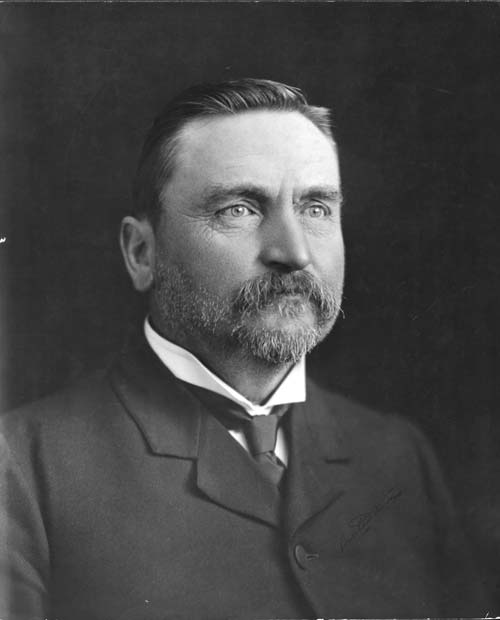
Sir Edwin Mitchelson (KCMG)
Edwin Mitchelson was a politician who seemed to be associated with virtually any and every Board and Committee available. He was an M.P, and briefly was acting-Premier of New Zealand. Originally a carpenter, Edwin worked for a time for Dargaville and Company prior to founding his own shipbuilding business with his brothers.
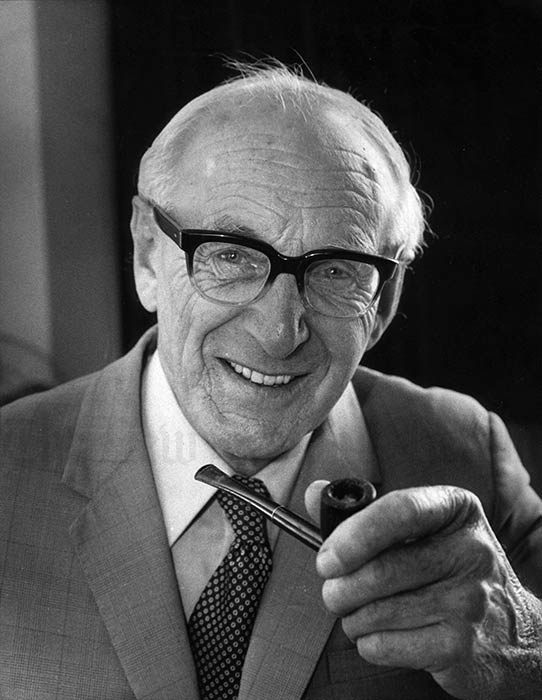
Sir Gordon Edward George Minhinnick
The name ‘Minhinnick’ was for a generation of New Zealanders synonymous with a style of cartoon that was simultaneously both pointed and subtle while delivering a strong metaphorical poke to the subject, delivered without rancor or rudeness.
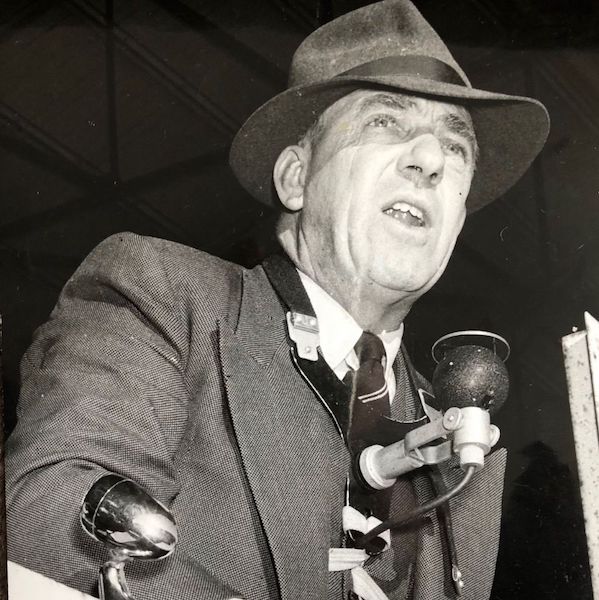
Winston John McCarthy
Winston McCarthy was ‘the Voice of New Zealand Rugby’. He was born in Wellington on 10 March 1908. He was given the task of broadcasting the matches that were played by the Kiwis (the New Zealand Expeditionary rugby team of 1945-46).
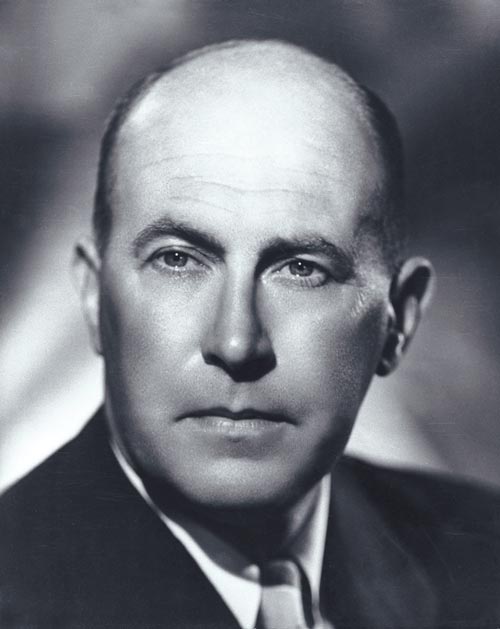
Sir Robert James Kerridge
Bob Kerridge was an entrepreneur who saw the potential for exhibiting films and built a successful distribution business based on the chain of cinemas that he owned and operated. His earlier forays into the transport business showed a keen business acumen.
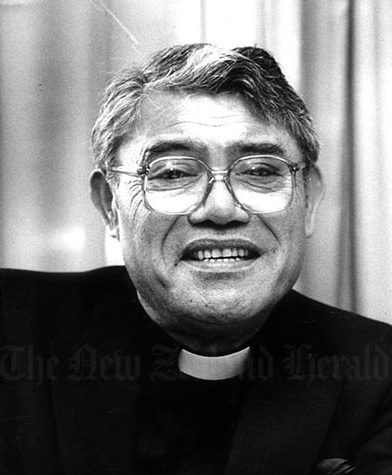
Sir King Ihaka
Kingi Ihaka was a distinguished clergyman who attained senior leadership positions within the Anglican Church while still remaining true to his Maori identity and culture. He grew up at a time when such was not encouraged and many believed that to become a brown European (pakeha) was the future for Maori.
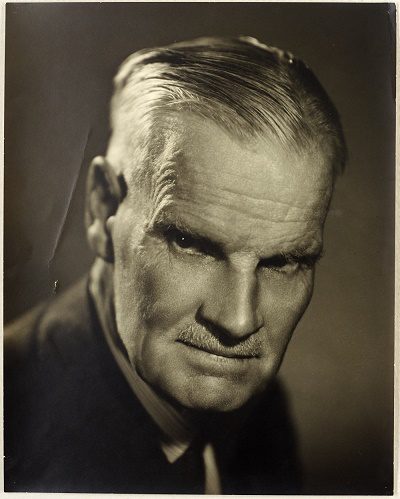
Sir Henry Horton
Henry Horton was born in Timaru in 1870, the son of newspaper man A.G. Horton. A. G. Horton had interests in the Timaru Herald, the Thames Advertiser, and Auckland’s Southern Cross. He was also in partnership with the Wilsons, proprietors of the New Zealand Herald.
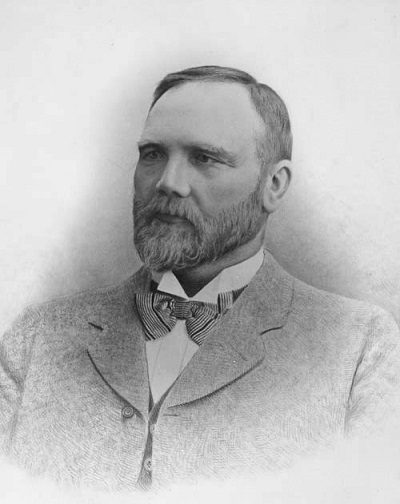
Richard Hellaby
Co-founder of R. & W. Hellaby Butchers Richard Hellaby was born in Thurvaston, Derbyshire. In 1867 Richard Hellaby followed his older brother William to New Zealand. By 1873 he had saved enough to buy out his employer, F. H. Hammond, and with financial support from Williams, he opened a butcher shop called R. & W. Hellaby on 1 November 1873.
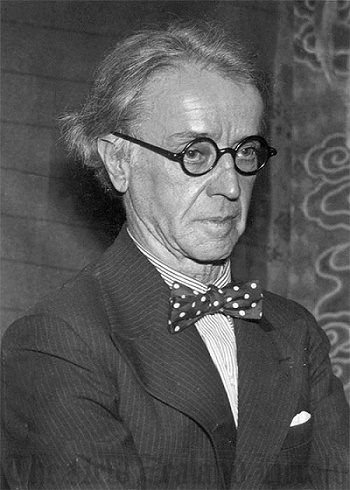
Charles Frederick Goldie
Goldie was one of New Zealand’s most famed artist whose portraits of Maori are for many often the most frequently remembered representation of New Zealand’s tangata whenua (original inhabitants). Goldie trained as an artist in New Zealand and Australia, won prizes for his early work and then travelled to France to advance his studies.
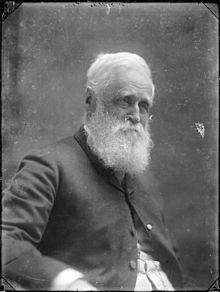
Sir William Fox
William Fox arrived in New Zealand, newly married and already admitted to the Bar. He was a supporter of Wakefield’s New Zealand Company settlements and served for a time as one of its leaders. The Company sponsored migration from England and through colonial settlements aimed to replicate English Society, including a class-based hierarchy, on Maori land acquired for the purpose.
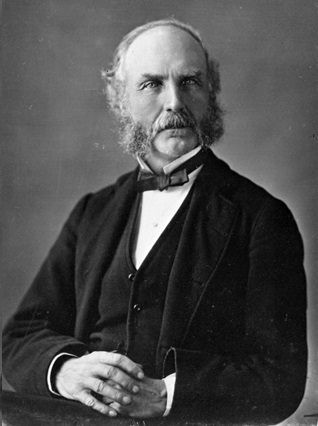
Francis Dart Fenton
Chief Judge of the Native Land Court; District Court Judge at Auckland; founder and president of the Auckland choral society; Chairman of the Dominion Board (which led to the formation of the Domain Cricket Ground) and viticulturist.
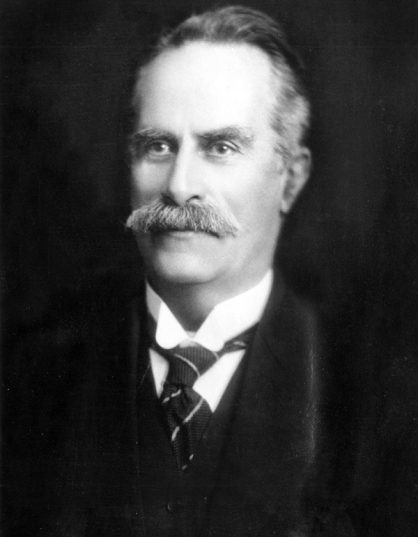
Lewis Robert Eady
Lewis Eady was an Auckland music dealer. He was active in various music and choral organisations. A very competent double bass player and pianist, Lewis Eady was also one of the early Auckland motorists (from about 1905 onwards) and reportedly, a crack recreational shooter.
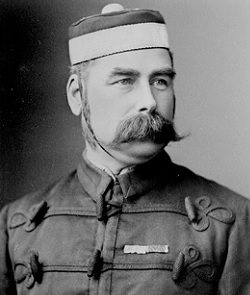
George Dare Dowell
The aptly named George Dare Dowell served in the Royal Marines from 1849 to 1872. He was decorated with the Victoria Cross in 1857, the highest British award for gallantry, for action during the Crimean War when he rescued a drifting cutter that was in danger of falling into Russian hands. Dowell rose to the rank of Lieutenant Colonel.
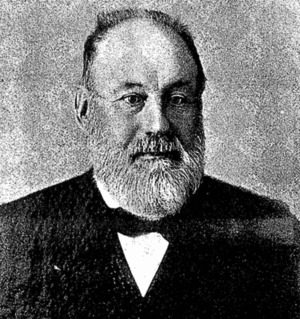
William Crush Daldy
Member of Parliament for Auckland City in the second Parliament; Cabinet Minister in the government of Sir William Fox (1856); secretary and agent of the Auckland Provincial Council; Chairman of the Auckland Harbour Board; an Auckland City Councillor; a founder and captain of the Auckland Fire Brigade;
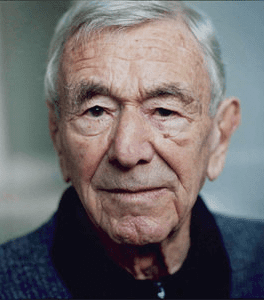
Thomas Allen Curnow (ONZ) (CBE)
Thomas Curnow as a celebrated New Zealand poet, notable perhaps in New Zealand society that has had a traditional suspicion of intellectuals and those of a creative inclination. Thomas Curnow’s intellectual abilities were recognizable from his achievements during his training at St John’s College in preparation for his ordination. Despite graduating as the top student of his cohort he eventually decided not to enter the Church.

Ernest Chitty
Ernest Chitty was the first blind New Zealand University. He subsequently had a distinguished and remarkable career in both the academic and theological world. He was never ordained as a priest, possibly due to Archbishop Averill views although there was no canon law or precedent obstacle to his ordination. Chitty entered the Methodist Prince Albert College in February 1900, passing his matriculation exam after two years. He attended Auckland University College, graduating BA in 1906 – the first blind graduate in New Zealand.
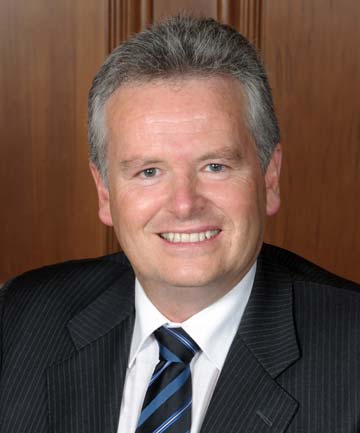
Sir Robert Stanley Chambers (KNZM QC)
Robert Stanley Chambers was born in Auckland on 23 August 1953. After an education at King's College, he attended Auckland University from 1971 to 1974, graduating LLB(Hons) in 1975. He was an outstanding student, being awarded Junior and Senior Scholarships in Law, the AG Davis Scholarship and the Sir Alexander Johnston Scholarship.
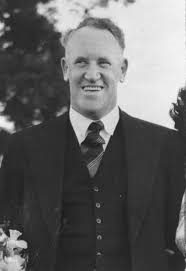
Wallace Chalmers
Detective Inspector Wallace Chalmers was fatally shot when called to the scene of a firearms incident near Waitakere, Auckland in January 1963. Another policeman in attendance at the incident was also shot.
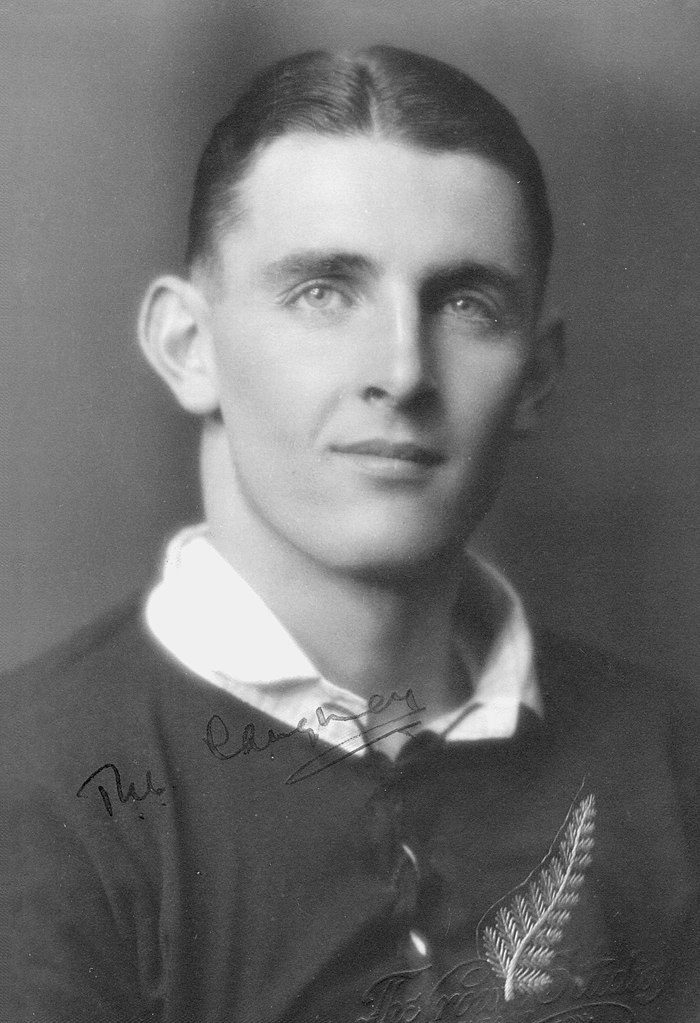
Sir Thomas Harcourt Clarke Caughey (KBE CStJ JP)
Caughey was a great nephew of Marianne Caughey, founder of the iconic Auckland department of store Smith and Caughey. ‘Pat’ Caughey was a capped All Black in the amateur game era when relative few test matches were played and caps were therefore comparatively rare.

George Palmer Cade
George Cade was born at Hawera, Taranaki, in 1909. In 1928, Cade joined the New Zealand Army, and in 1940 left New Zealand with the first echelons. He saw action in Greece and Crete in 1941, as well as serving in North Africa between 1941-43.

William Burnaby
Dr Burnaby was a Phrenologist who was in New Zealand to deliver a series of lectures on his speciality ‘science’. It is not clear from the advertising whether he took this seriously or was rather a showman who gave a parody of the phrenologist at work.
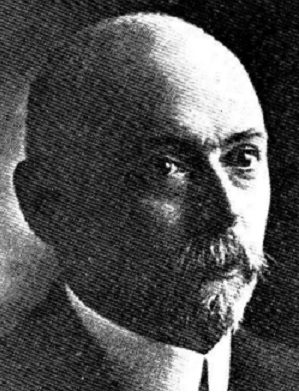
Augustus Edward Braithwaite
Braithwaite’s fame rests on his unrequested and unwitting role as the victim in one of the first, if not the first, murders to be solved with the assistance of fingerprint evidence. The parallels with the later use of DNA as an infallible tool in criminal justice are uncanny.
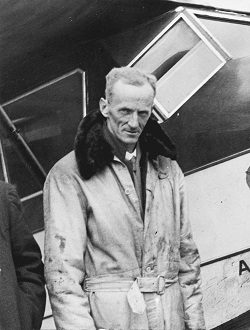
George Bruce Bolt
George Bolt was a pioneer of commercial aviation in New Zealand and as such he made an outstanding contribution that assisted the local application of aerial technology. Bolt was both a trained mechanic and pilot who built and flew his first glider in 1911. He pioneered air mail services with flights to Dargaville, Thames and Whangarei.
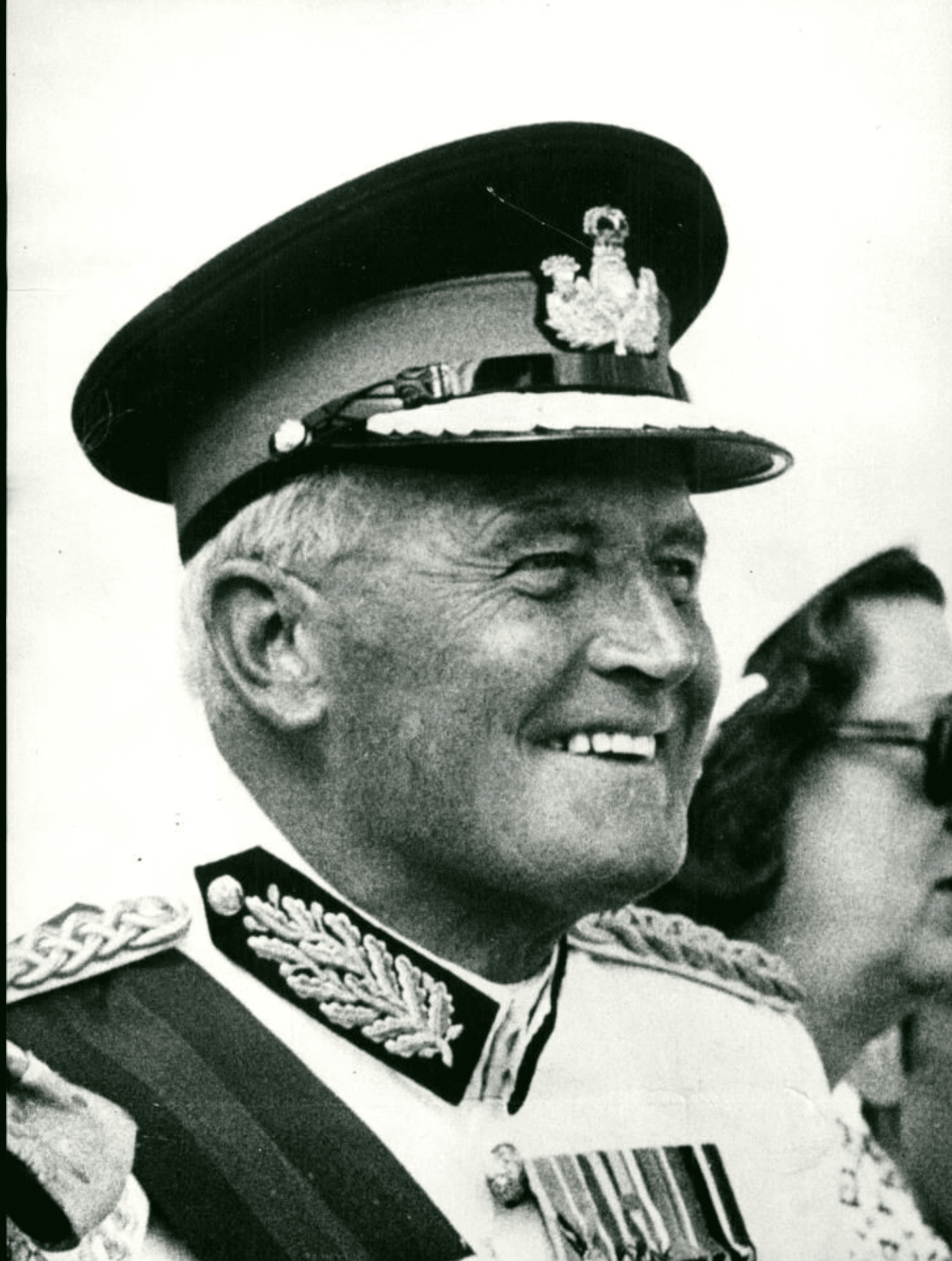
Sir Edward Denis Blundell GCMG, GCVO, KBE, QSO
Sir Denis Blundell (as he was known) while perhaps best remembered as a former Governor General of New Zealand had been a distinguished member of the legal profession and diplomat before assuming this high profile but largely ceremonial role.
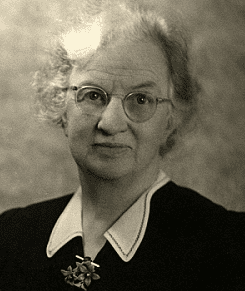
Jessie Alexander
Jessie Alexander was active in mission work amongst Maori in the Bay of Plenty and Waikaremoana. Independent in nature, she remained unmarried and devoted her life to various church related works.
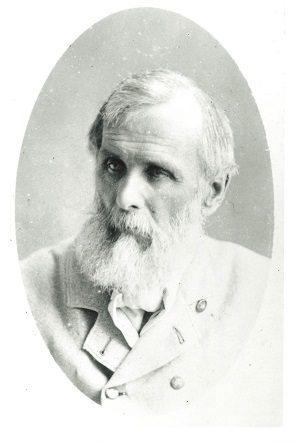
Edwin Fairburn
Edwin Fairburn was a pioneer colonist responsible for laying out the town of Oamaru. He also engineered and surveyed the main road north from Takapuna to the Bay of Islands, laying the foundation for the Auckland Roads Department.
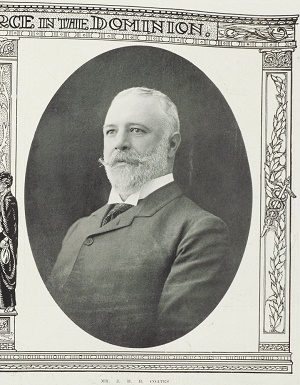
Sir James Hugh Buchanan Coates
James Coates was born in Auckland in 1851 – his Father James Coates came out to New Zealand from England as private secretary to G overnor William Hobson. His father subsequently became Clerk of the House of Representatives.
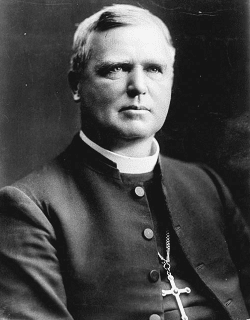
Archbishop Alfred Walter Averill
The Most Rev. A. W. Averill was Bishop of New Zealand from 1925 until 1940. His tenure spanned a tumultuous time for New Zealand during which the apparent orthodoxy of the earlier Liberal Governments was replaced firstly by conservative, right wing leadership and eventually by Michael Savage’s ground breaking, social reforming Labour Government.
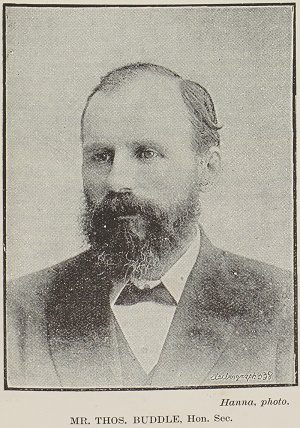
Thomas Buddle
Thomas Buddle was a founding partner of the law firm Buddle, Button and Co in Auckland. He was born in the city in 1847, the second son of the Reverend Buddle, an early Methodist missionary.
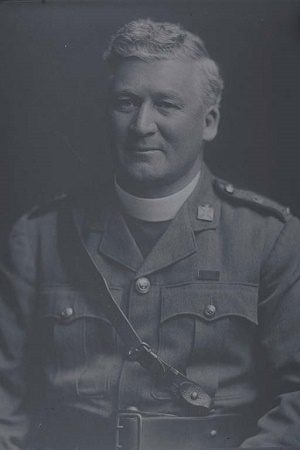
Reverend John Robert Burgin
John Burgin was born in England and arrived in New Zealand in 1909 to be Vicar at St Stephens Anglican Church in Ashburton. In 1915 he was appointed Anglican Chaplain-Captain to the 3rd and 4th battalions of the New Zealand Rifle Brigade.
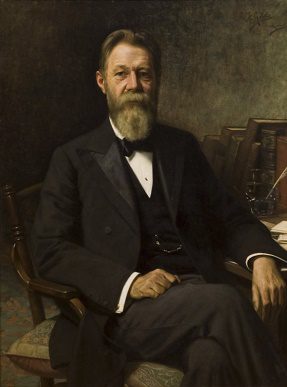
Thomson Wilson Leys
Thomson Wilson Leys was born in England in 1850 and arrived with his family in New Zealand in 1863. Apprenticed as a compositor to learn the printing trade on the Daily Southern Cross newspaper, he later transferred to the reporting staff and in 1870 was appointed sub-editor.
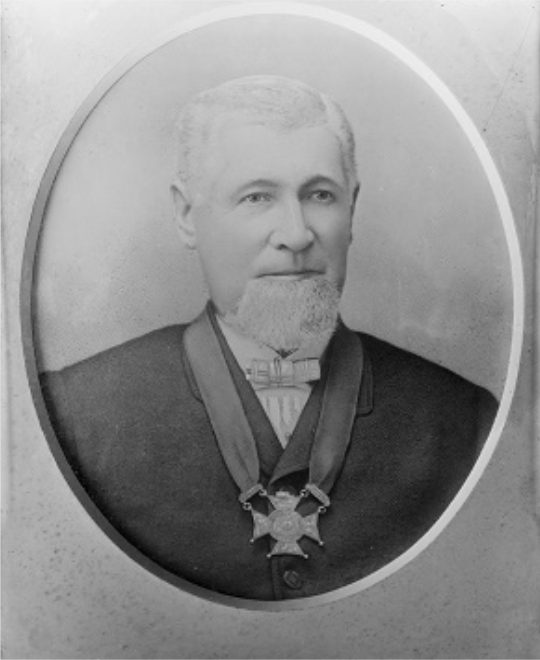
William Crowther
William Crowther was born in England in 1834 and as a youth was apprenticed as an iron worker. At the time of the Crimean War he and several other apprentices were told by their employer to go to Russia to fit some machinery, but afraid to go, they sailed for the Victorian gold fields in Australia. After working in various occupations in Melbourne, William Crowther arrived in Otago attracted by gold mining prospects, but he engaged in carrying stores to the goldfields.
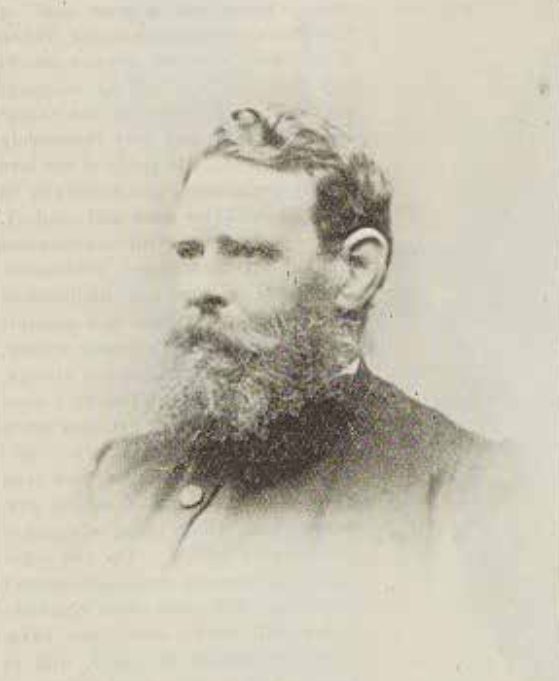
Rev. William Fancourt
William Fancourt was born in Lower Hutt Wellington in 1879 and came from a long line of Anglican clergy. William took his BA and MA degrees at Cambridge University in England after schooling at Whanganui Collegiate.

